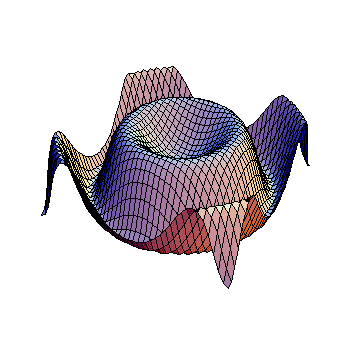Question #49d33
2 Answers
You need to multiply the ratios times
Explanation:
The ratios must be whole numbers. When they are not whole numbers, you need to multiply the ratios by some whole number that will give you the lowest whole number ratio. In this case,
We know that the molar mass of
And that the molar mass of
Which means that assuming we have
Passing it to moles
Dividing it by the smallest
Multiplying both numbers by 2 to make them integers, we get


